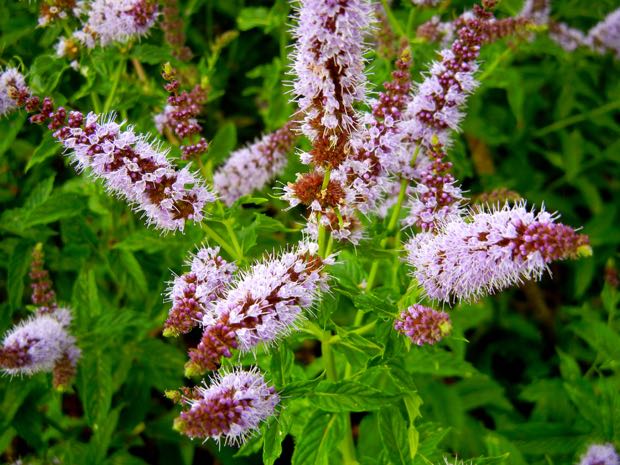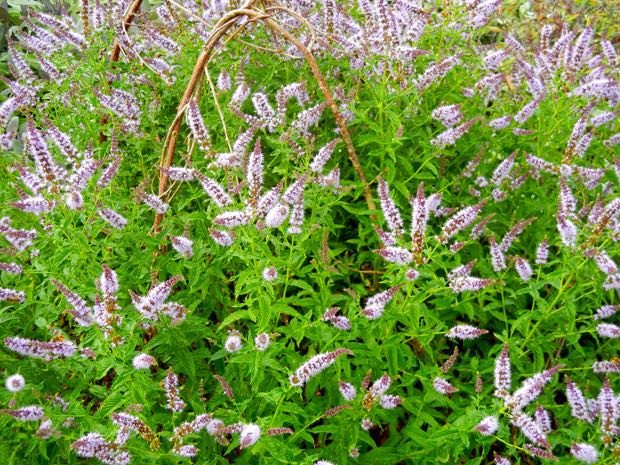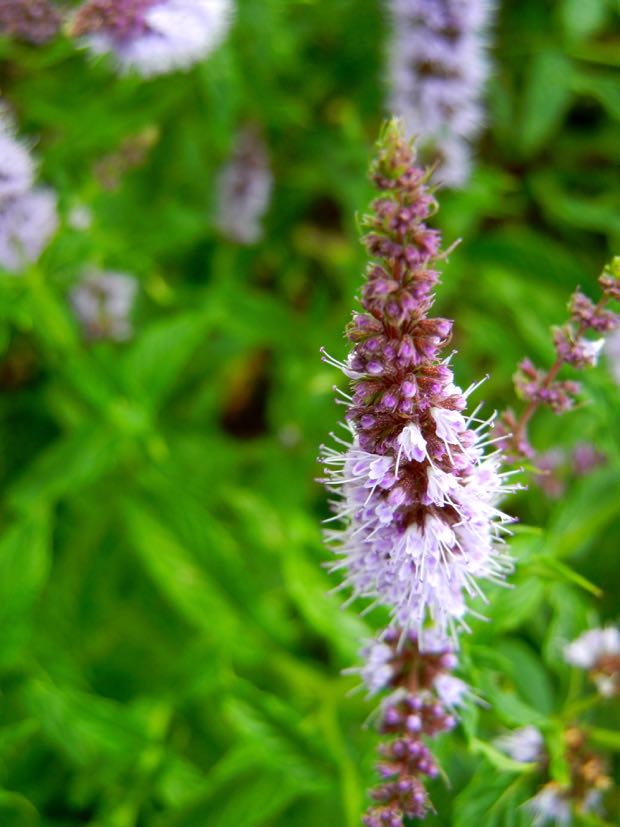Mentha spicata ‘Spearmint’: The Refreshing Perennial
Background: Mentha spicata ‘Spearmint’ is a rhizomatous perennial belonging to the Lamiaceae family. Also known by various names such as Common mint, Garden mint, and Spearmint, it is native to Southern and Central Europe. This aromatic herb has gained popularity for its culinary uses, medicinal properties, and pleasant fragrance.
Characteristics: This vigorous plant forms large colonies with its rhizomatous growth habit. The lance-shaped leaves of Mentha spicata ‘Spearmint’ are highly aromatic and possess a refreshing scent. During summer, light purple flowers appear on terminal spikes, adding beauty to the garden landscape.
Description: Mentha spicata ‘Spearmint’ serves as an excellent companion plant for tomatoes, cucumbers, and beans. Beyond its culinary applications in teas, soups, salads, and desserts, it is also valued for its essential oil, which offers benefits such as relieving nausea, calming anxiety, and freshening breath. However, its vigorous growth can make it invasive, so precautions should be taken to contain its spread.
Cultivation of Mentha spicata ‘Spearmint’:
Planting: Choose a sunny or partially shaded spot in your garden with moist, well-drained soil for planting Mentha spicata ‘Spearmint’. This herb can tolerate both poorly-drained and well-drained soils.
Watering: Regular watering is essential, particularly during hot and dry weather, to keep the soil consistently moist. Ensure deep watering to allow the roots to absorb moisture fully while allowing the soil to dry slightly between waterings.
Soil: Mentha spicata ‘Spearmint’ is adaptable to various soil types. If the soil is poor, enrich it by incorporating compost or well-rotted manure before planting to improve its fertility and drainage.
Fertilizer: While spearmint does not require frequent fertilization, a light application of fertilizer in the spring can encourage healthy growth. Avoid excessive fertilization, as it may result in abundant foliage growth with diminished flavor.
Pests and Diseases: Generally, spearmint is resistant to pests and diseases. However, keep an eye out for potential issues like mint rust and powdery mildew. If detected, treat the affected plants with appropriate fungicides or pesticides.
Harvesting: Harvest spearmint leaves throughout the growing season by snipping them from the top of the plant. Enjoy the fresh leaves in various culinary creations or dry them and store them for later use.
Storage: Fresh spearmint leaves can be stored in the refrigerator for up to a week. To prolong their storage life, consider drying or freezing the leaves for future use in cooking, beverages, or herbal remedies.






